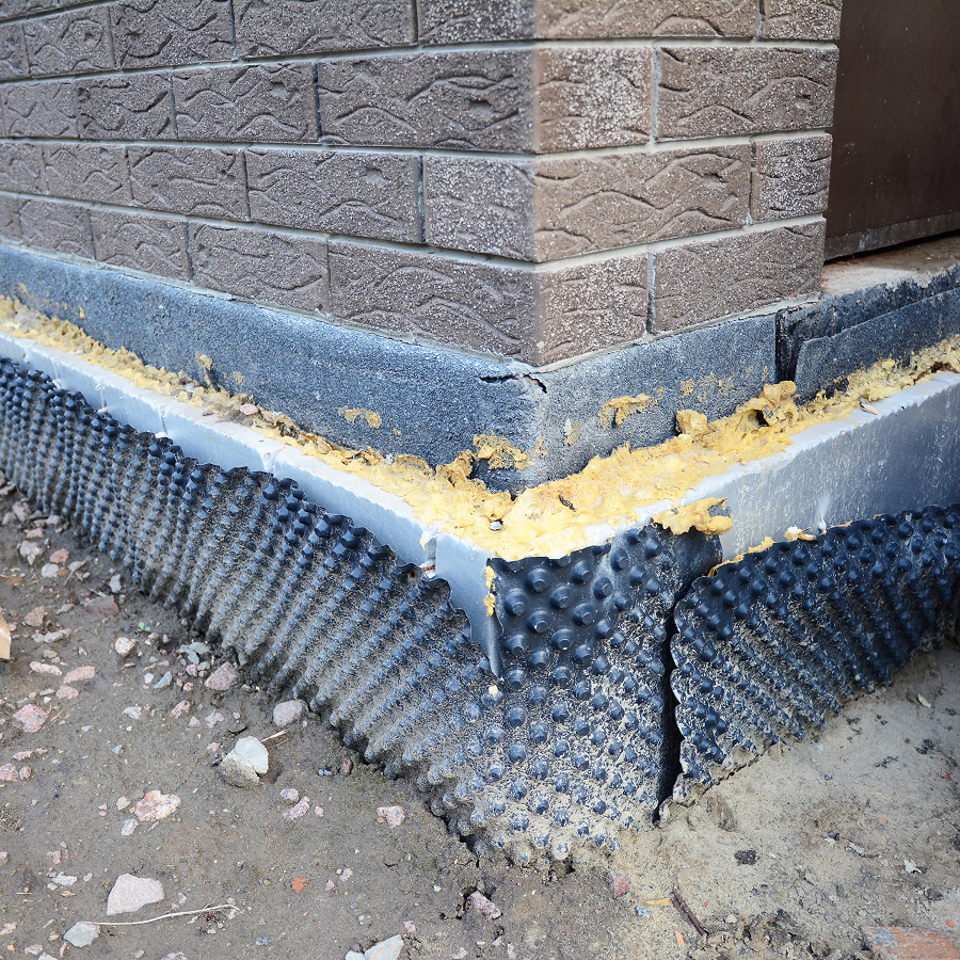
You probably think that you couldn’t live in Florida in the summer without air conditioning, but people did it for years.
Long before the hum of modern air conditioners, early residents of Central Florida relied on ingenious home design and natural cooling to combat the region’s notorious heat and humidity. Close your eyes. Imagine strolling through a neighborhood in the 1920s, where homes embodied passive cooling strategies.
Homes Designed to Breathe
These homes were built to breathe. Tall 12‑ to 14‑foot ceilings allowed hot air to rise, while transom windows above doors and shuttered louvered windows promoted airflow throughout rooms. Homes were elevated on pier foundations, lifting them off the damp ground and allowing cooler air to circulate under the floorboards. (Okay. The space under the house was a double-edged sword since critters could crawl under them and burrow down, but still, it helped keep the residents above the floorboards cool!).
Covered porches and wraparound verandas weren’t just for looks and lounging pleasure. The design actually shielded interior walls from direct sun, helping to maintain lower indoor temperatures, often several degrees cooler than outside.
Cooling Through Materials and Landscaping
Family homes featured light-colored exteriors to reflect sunlight, and roofs often received limewash or reflective paint to reduce heat absorption. Reed and cotton curtains soaked in water would hang in windows, where the breeze enhanced evaporation and cooled the air—a primitive, yet effective, cousin of today’s evaporative coolers. Around each property, live oaks, palms, and magnolias were carefully planted to shade windows and outdoor living spaces, dropping midday temperatures by as much as 10–15 °F in some cases, according to early 20th-century landscape studies.
Everyday Heat-Survival Habits
When Florida summer afternoons climbed above 90 °F 60 days a year, locals adopted smart habits. Families moved their evenings outdoors—dining and sleeping on screened porches or “sleeping porches” atop homes, where night breezes brought the only real relief. Small hand-held fans, wet towels draped across frame windows, and routines timed to morning and evening daylight kept life tolerable. Public buildings—like libraries and train stations—used large ceiling fans and high windows to maximize airflow, often staying open into the evening to offer respite.
In case you’re wondering, Orlando averages 43 days a year above 90 degrees, so staying cool is still vitally important.
A Sea Change: Enter Residential Air Conditioning
But life got cooler and more comfortable with Willis Carrier’s invention of air conditioning.
The adoption of residential air conditioning in the 1950s transformed Central Florida forever. Before that, hospitals saw spikes in heat-related illnesses during summer and communities planned summer schedules around cooler hours. Once air conditioning became affordable for middle-class homes, migration surged. Orlando’s population exploded from 40,000 in 1950 to over 160,000 by 1970—paved by climate control and the rise of tourism.
Modern air conditioning didn’t just mean comfort. It enabled Florida’s economy to thrive. Tourism flourished with year-round attractions like Walt Disney World which opened in 1971. Commercial buildings and healthcare centers could operate around the clock, and health benefits followed—control of humidity drastically reduced instances of mold-related illness and improved indoor air quality.
The Best of Both Worlds: Combining Old Wisdom and New Tech
Even today, the oldest neighborhoods—from Sanford’s Victorian homes to Winter Park’s citrus‑era cottages—show the continuing value of passive design. Ceiling fans, proper attic insulation, and reflective roofs remain excellent complements to modern HVAC systems, helping reduce energy bills and extend system lifespan. Small changes like shade landscaping or smart thermostats can make a noticeable difference.
Don’t Just Survive a Florida Summer. THRIVE in it!
If you’re ready for the comfort and reliability of modern air conditioning—while honoring the smart design strategies of yesteryear—ServiceOne can help. From precision A/C installations and ClubOne maintenance plans, to help with repairs and replacements, our team ensures your home stays cool, efficient, and safe.
Call ServiceOne Air Conditioning & Plumbing today or schedule your service online, and experience why hundreds of Central Florida families trust us to keep their cool—inside and out.





